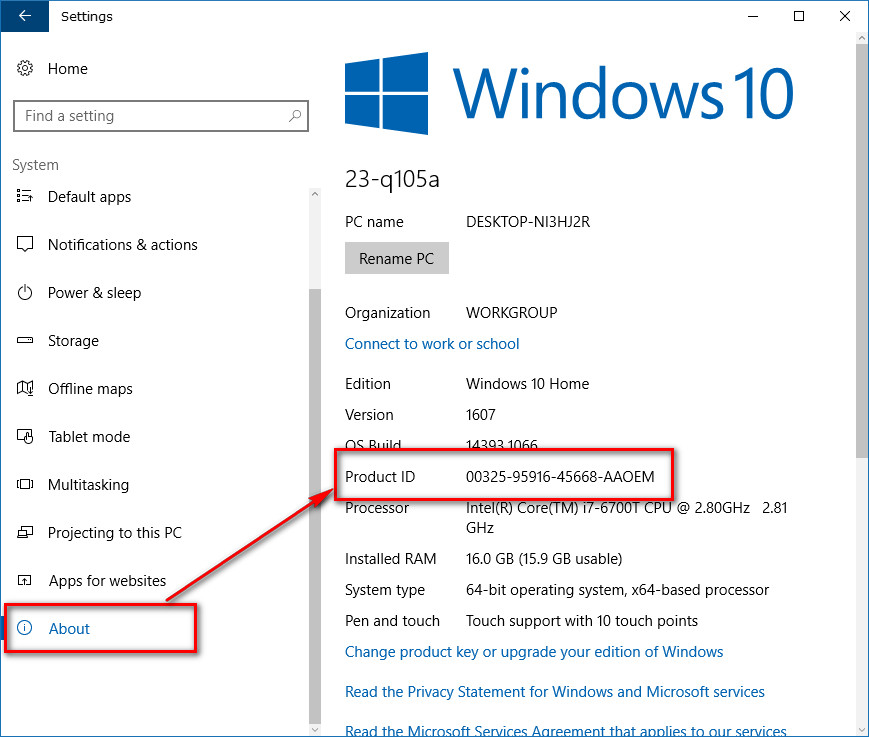

The keys generated were generic license keys, which means that while they will allow you to install or upgrade Windows, the resulting version of the operating system will be restricted and some features will be limited.

There’s a catch Hatice Baran / Unsplashĭespite this method seemingly providing a free gateway to unrestricted Windows 11 and Windows 10 keys, there is actually a catch. Simply requesting a Windows 11 Pro key and then pasting it into the license key box in Windows’ Settings app under About > Product key and activation seemed to work. So, it seems that Microsoft’s artificial intelligence tool is not the only one vulnerable to this method.Īs well as that, showed how a similar technique could be used to upgrade from Windows 11 Home to Windows 11 Pro. You can check your activation status by going to Settings > Update & Security > Activation.The same technique also worked on Google Bard, which also generated a set of genuine Windows 10 keys. After installation, your version of Windows 10 should just activate in the background in a few moments or a few days at the most. It looks like the product key is on its way out, at least as far as users are concerned. “Once activated, a digital entitlement for your PC’s hardware is created in the Windows 10 activation service.This entitlement can be used by the same PC again for re-activation of the same Edition of Windows 10 in the future.” “Upon upgrading to Windows 10, the activation state from a prior version of Windows (be it Windows 7, Windows 8 or a prior build of Windows 10) is seamlessly carried over,” a Microsoft spokesperson told PCWorld.

Instead, your computer uses what Microsoft calls a digital entitlement. When you use the free upgrade to Windows 10 or pay for a digital retail version, you don’t get a product key. The reason for this is that Windows 10 changes Microsoft’s traditional product key model, and if you ask me it’s for the better.


 0 kommentar(er)
0 kommentar(er)
